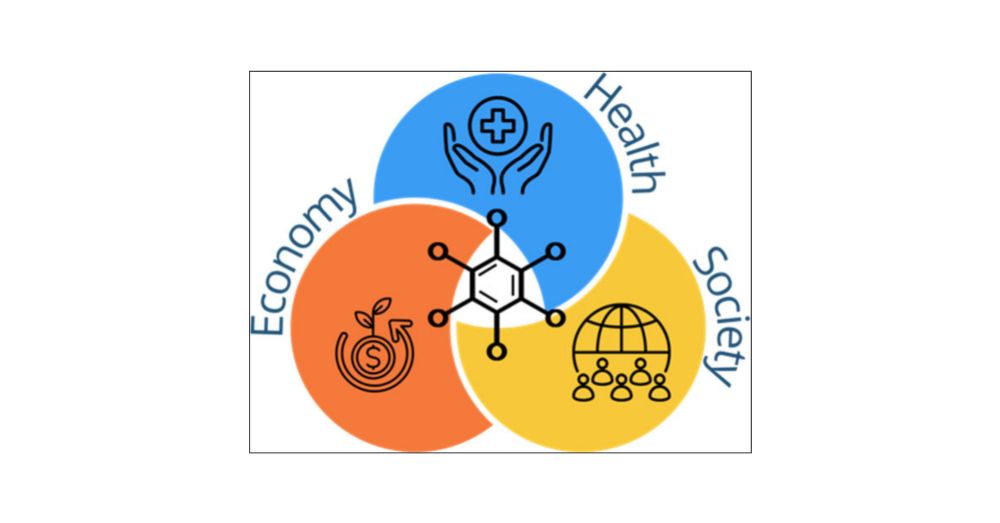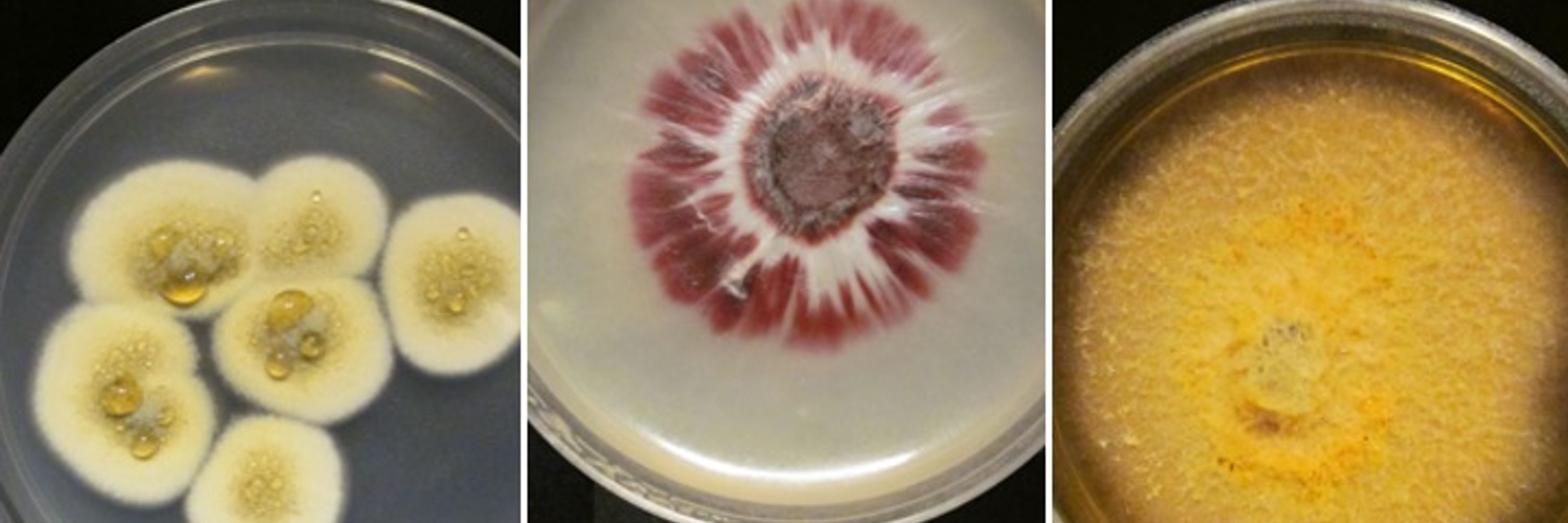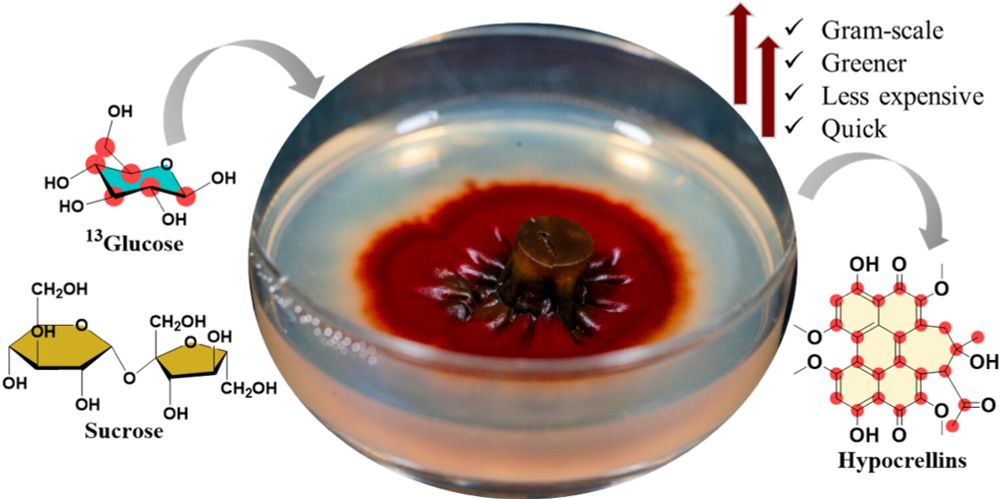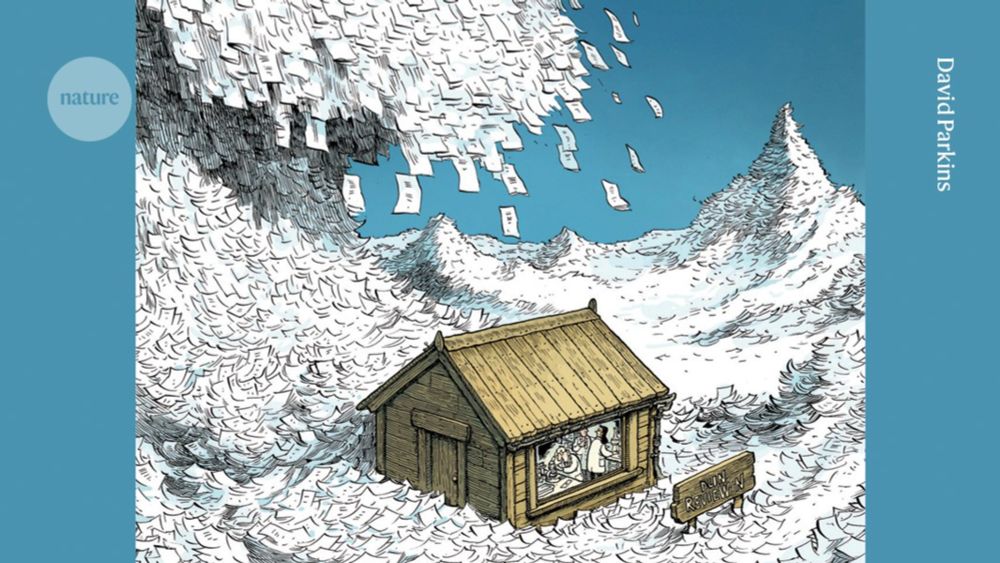Huzefa Raja
@huzefaraj.bsky.social
160 followers
190 following
45 posts
Ph.D., Mycology, @LASIllinois|Research Scientist @uncg_chem|Taxonomy and Systematics of Ascomycota Fungi| Freshwater Ascomycetes|Fungi|All views are mine.
Member: IUCN SSC Aquatic Fungi Specialist Group
Posts
Media
Videos
Starter Packs
Reposted by Huzefa Raja
Reposted by Huzefa Raja
Huzefa Raja
@huzefaraj.bsky.social
· Aug 19

mSphere of Influence: Population-level thinking to unravel microbial pathogenicity | mSphere
Fungal pathogens pose a serious and growing threat to human health. A striking feature of these organisms is their high interspecies phenotypic heterogeneity, which is underpinned by exceptionally dynamic and plastic genomes. For the WHO priority pathogen Aspergillus fumigatus, this includes notable variation between strains in gene content, stress resistance, induction of host responses, and virulence in animal models. Notably, most human fungal pathogens, including A. fumigatus, have evolved from non-pathogenic ancestors and therefore remain closely related to non-pathogenic relatives. The study “Strain heterogeneity in a non-pathogenic Aspergillus fungus highlights factors associated with virulence” (1) by Antonis Rokas’ group addresses the key research questions of whether these closely related non-pathogen relatives also possess a substantial degree of interspecific heterogeneity, and to what extent does their phenotypic variation overlaps with that of the pathogenic species, particularly under infection-relevant conditions? Strikingly, the authors find that Aspergillus fischeri, a close non-pathogenic relative of A. fumigatus, displays even greater intraspecific diversity and that this variation frequently overlaps with the pathogenicity-associated phenotypes of A. fumigatus. This study challenges the prevailing practice of categorizing the entire species as “pathogens” or “non-pathogens,” which is often based on research conducted using a single reference strain. Instead, it introduces a population-based framework, where the intraspecific diversity of pathogens and closely related species is defined across a diverse set of strains. This approach allows us to learn not only how these organisms cause disease but also how their virulence evolves.
journals.asm.org
Reposted by Huzefa Raja
Marc Stadler
@ms-fungi.bsky.social
· Aug 9

Coprophilous fungi in the search for new antimicrobials and other beneficial natural products
Covering: up to 2025Microbial interactions involve complex processes shaped by their ecological contexts. Herbivore animal dung denotes an interesting ecological niche for the study of interorganism c...
pubs.rsc.org
Reposted by Huzefa Raja
Huzefa Raja
@huzefaraj.bsky.social
· Aug 1
Huzefa Raja
@huzefaraj.bsky.social
· Jun 13

The Extraordinary Benefit of Nature’s Chemistry to Health, Society, and the Economy
The connection between humans and Nature’s chemistry is astonishing and built into the very fabric of our genetic code. In this Perspective, we focus on bioactive molecules from microbes, plants, and ...
pubs.acs.org
Huzefa Raja
@huzefaraj.bsky.social
· May 27
Huzefa Raja
@huzefaraj.bsky.social
· May 27



















